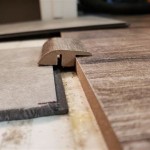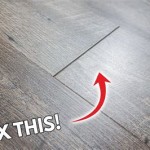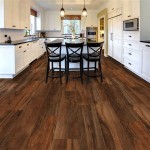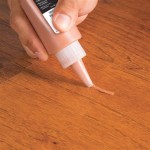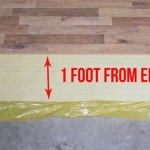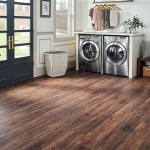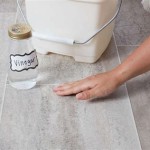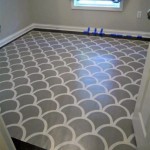When hardwood floors start to buckle, it can be a very frustrating experience. Buckling is a sign that your floor has been damaged in some way, and it can be difficult to determine the cause. In this article, we’ll look at what buckling is and how to identify it, the potential causes, and how to prevent it from happening in the future.
What is Hardwood Floor Buckling?
Buckling is a name given to a type of damage that can occur to hardwood floors. It is usually caused by excessive moisture or heat, but can also be caused by other factors. When buckling occurs, the boards of the floor become warped or distorted, creating an uneven surface. In its most extreme form, it can cause the boards to come apart, resulting in a need for expensive repairs or replacement.
Identifying Hardwood Floor Buckling
Buckling is easy to identify, as it is usually quite noticeable. The boards will be uneven and may appear to be pushing up against each other. The edges of the boards may also be uneven, and the boards may be warped or twisted in shape. In more extreme cases, the boards may even come apart, resulting in gaps in between them.
Potential Causes of Hardwood Floor Buckling
The most common cause of buckling is excessive moisture. This can come from spills, leaks, or flooding, and can cause the boards to swell and warp. In addition, excessive heat can also cause buckling, as the boards can expand and contract due to the temperature changes. Finally, some buckling can be caused by improper installation of the floor, such as not leaving enough space between the boards for expansion.
Preventing Hardwood Floor Buckling
The best way to prevent buckling is to properly maintain and care for your hardwood floors. This includes regularly cleaning and polishing the floors, as well as promptly addressing any spills or leaks. It is also important to make sure the installation was done correctly, and that the boards have enough space between them. Finally, it is important to monitor the humidity and temperature levels in the room, as extreme levels of either can cause buckling.
Repairing Hardwood Floor Buckling
If your hardwood floors have already buckled, there are a few options for repairing them. In some cases, the buckling can be reversed with a process called “resetting,” which involves carefully pressing the boards back into place. In other cases, the boards may need to be replaced. It is important to seek professional advice before attempting any repairs, as improper repairs could cause further damage to the floor.
Conclusion
Buckling of hardwood floors can be a frustrating experience, but understanding the causes and how to prevent it can help you keep your floors looking their best. By properly maintaining and caring for your floors, as well as monitoring the humidity and temperature levels, you can help reduce the chances of buckling occurring. If your floors do buckle, it is important to seek professional advice before attempting any repairs.















Related Posts

